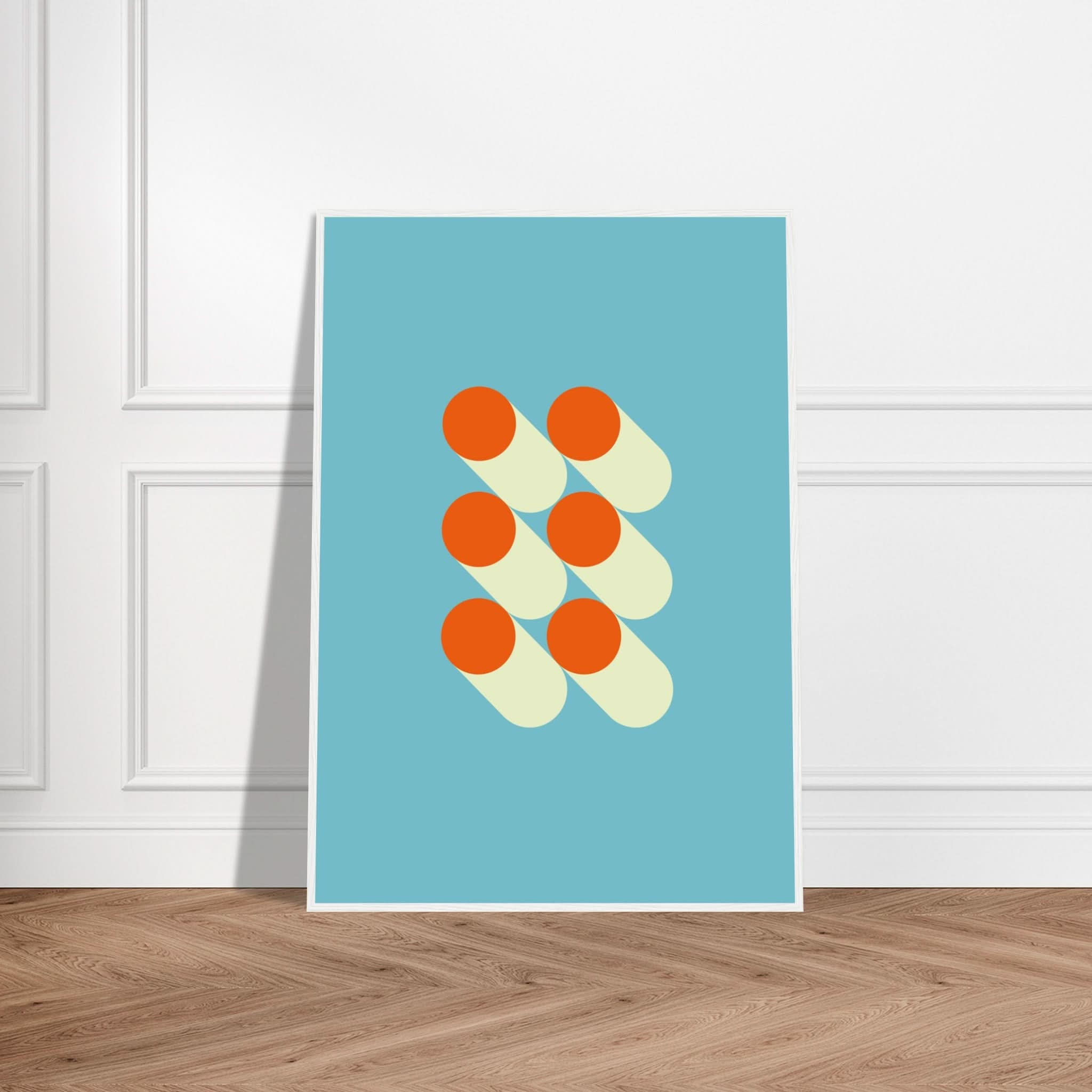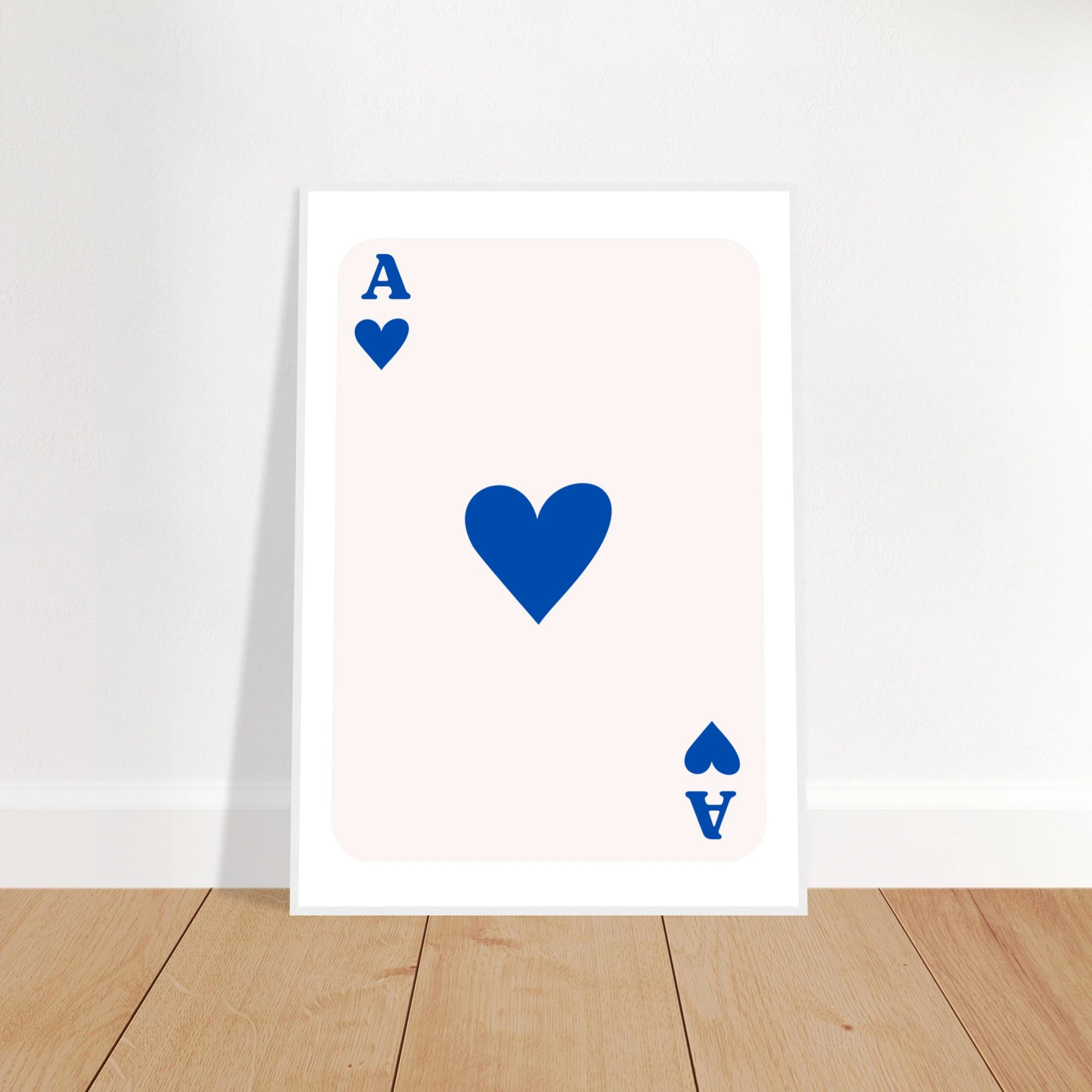
Wall to Wall Guide: Expert Tips for 2025
Share
Modern spaces are evolving quickly, and wall to wall solutions have become essential for both homes and commercial environments in 2025. With growing expectations for seamless design and functionality, mastering wall to wall projects is more important than ever.
This comprehensive guide delivers expert tips and the latest strategies to help you succeed with wall to wall design, installation, and ongoing maintenance. Whether you are renovating, building new, or upgrading an existing space, you will find actionable insights and best practices tailored for your needs.
Discover what’s trending, how to plan effectively, choose the right materials, and achieve flawless results—every step is covered. From troubleshooting common challenges to exploring future innovations, you will be equipped with everything required for a successful project.
Ready to transform your space? Follow this expert guide and take your wall to wall ambitions to the next level in 2025.
Wall-to-Wall Trends and Innovations for 2025
The year 2025 is ushering in a bold new era for wall to wall solutions, blending aesthetics, technology, and sustainability. Homeowners and commercial designers are prioritizing spaces that are not only visually striking but also functional and adaptive to modern needs. Let's explore the top wall to wall trends and innovations shaping projects this year.
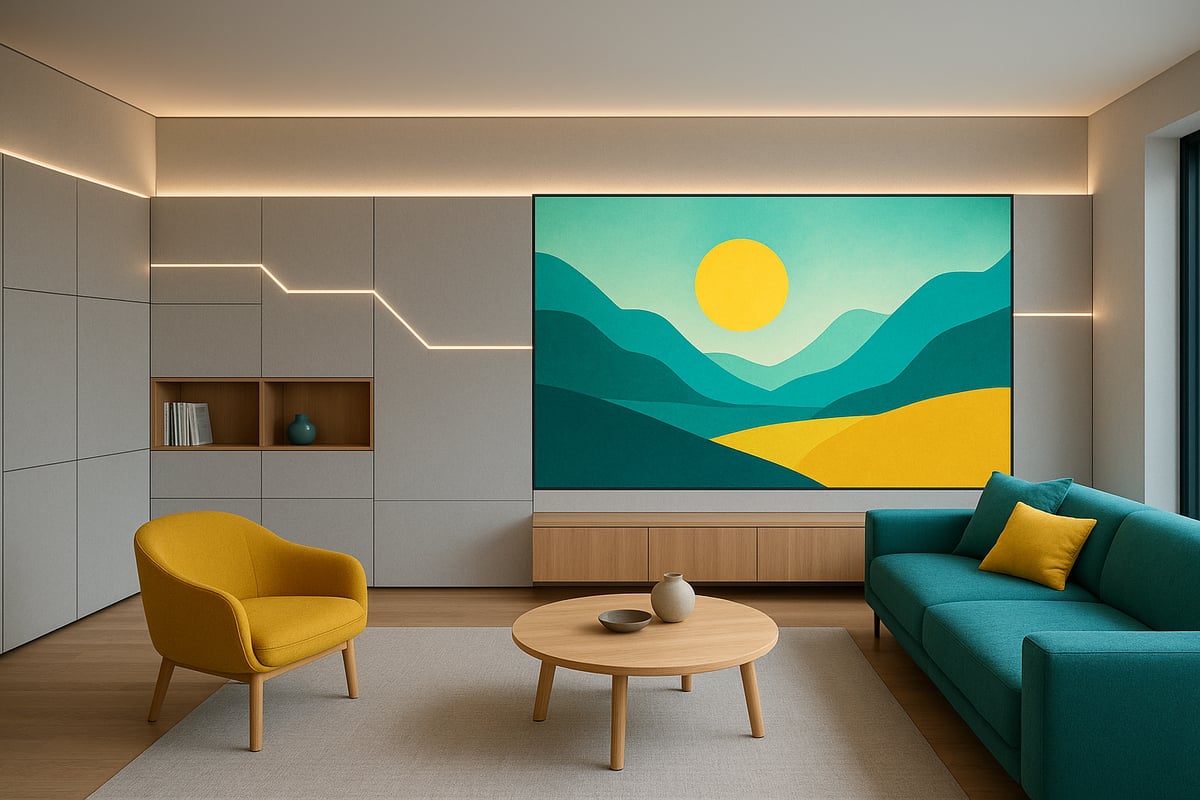
Emerging Design Aesthetics
Minimalist wall to wall designs are taking center stage, with an emphasis on clean lines and uncluttered surfaces. Homeowners are embracing bold colors and geometric patterns to create focal points that energize a room. Global design movements, from Scandinavian to Japanese influences, are inspiring layered textures and serene palettes.
Recent high-profile projects showcase customizable wall to wall finishes, allowing residents to tailor every detail. According to industry data, demand for these personalized finishes has risen sharply in 2025. For more insight, explore the latest 2025 Wall Art Trends.
Smart Technology Integration
The integration of smart technology is redefining wall to wall installations. Smart walls equipped with embedded lighting, touch controls, and sound systems are becoming standard in both homes and offices. IoT devices are seamlessly built into wall panels, offering enhanced comfort and control.
Case studies from modern apartments and collaborative workspaces reveal how these features elevate user experience. Leading brands are innovating rapidly, and adoption rates continue to climb, with user satisfaction scores at an all-time high for wall to wall smart solutions.
Sustainable Materials and Eco-Friendly Choices
Sustainability is now a core consideration in wall to wall projects. Recycled and renewable materials, such as bamboo panels and reclaimed wood, are being selected for their environmental benefits. Certifications like FSC and GREENGUARD help consumers identify trustworthy eco-friendly products.
Low-VOC paints and natural finishes are in high demand, reducing indoor toxins and supporting healthy living. Recent installations highlight the beauty and practicality of green materials, with market data confirming sustainability as a top priority for 2025 wall to wall renovations.
Multi-Functional Wall Solutions
Urban living continues to drive the need for multi-functional wall to wall solutions. Walls now double as storage units, display shelves, or flexible partitions, maximizing usability in compact spaces. Modular wall systems are especially popular in modern condos and city apartments.
This trend is fueled by consumer demand for adaptable environments that evolve with changing lifestyles. Industry experts predict continued growth in multifunctional wall to wall designs, making them a staple for future-focused interiors.
Customization and Personalization
Bespoke wall to wall features are transforming interiors, with advances in digital printing enabling unique wall coverings and murals. Personalized graphics, colors, and textures reflect individual style, turning walls into statement pieces.
Data shows that the market for custom wall to wall solutions is expanding rapidly, as homeowners seek both increased property value and personal satisfaction. These tailored approaches are setting new standards for creativity and innovation in 2025.
Step-by-Step Planning for a Successful Wall-to-Wall Project
Embarking on a wall to wall project requires careful planning to ensure seamless results. Whether you are renovating or building new, a structured approach helps avoid costly mistakes and maximizes both aesthetics and function. This step-by-step guide will walk you through every critical stage, so your wall to wall transformation is smooth, efficient, and future-ready.

Assessing Your Needs and Space
The foundation of any successful wall to wall project is a detailed needs assessment. Begin by identifying the primary purpose of your space, considering both current and future requirements. Measure all wall dimensions precisely, taking note of windows, doors, and built-in features.
Pay close attention to structural elements, such as load-bearing walls, electrical wiring, and plumbing. Overlooking these can lead to significant delays. Many homeowners make the mistake of focusing solely on aesthetics, but function is equally vital for wall to wall installations.
To avoid common pitfalls, create a checklist of must-have features and a sketch or map of your space. This approach ensures your wall to wall solution will serve your lifestyle and design goals for years to come.
Budgeting and Timeline Management
Setting a realistic budget is crucial for any wall to wall project. Factor in costs for materials, labor, and unexpected expenses like repairs or permits. A detailed line-item budget helps prevent surprises down the road.
| Expense Category | Percentage of Total Cost (2025 Avg) |
|---|---|
| Materials | 45% |
| Labor | 35% |
| Prep & Permits | 10% |
| Contingency | 10% |
Use digital project management tools or apps to set milestones and track progress. Establish a timeline that includes lead times for materials and contractor availability. Remember, effective budgeting and scheduling are the backbone of a smooth wall to wall installation.
Selecting the Right Materials
Choosing materials for your wall to wall project impacts durability, style, and maintenance. Compare options like drywall, panels, tiles, and specialty finishes based on room function. For example, tiles suit bathrooms, while acoustic panels enhance office spaces.
Consider eco-friendly choices and smart technology integration, as these trends are shaping 2025 interiors. For more inspiration and in-depth guidance, explore the latest Interior Design Trends 2025, which highlights the importance of sustainable and innovative materials in wall to wall design.
Always weigh the pros and cons of each option and match materials to your lifestyle and aesthetic vision.
Hiring Professionals vs. DIY
Deciding whether to hire experts or take a DIY approach is key for wall to wall success. Professionals bring experience, certifications, and access to specialized tools, reducing the risk of costly errors. DIY can be rewarding and budget-friendly, but is best suited for those with relevant skills and time.
Check credentials, references, and insurance before hiring contractors. For DIY, research techniques and safety practices thoroughly. Studies show professional wall to wall installations have higher long-term satisfaction rates, though well-planned DIY projects can succeed.
Evaluate your timeline, budget, and comfort level before making a final decision.
Permits, Codes, and Regulations
Wall to wall projects often require permits and must comply with local building codes. Research the regulations in your area before starting, as non-compliance can result in fines or delays.
Obtain all necessary permits and schedule required inspections. This process ensures your wall to wall installation meets safety standards and protects your property’s resale value. Common code violations include improper electrical work or inadequate fireproofing, which can have serious consequences.
Consult your local authorities or online resources for the latest code updates in 2025. Taking these steps upfront will safeguard your investment and ensure peace of mind throughout your wall to wall journey.
Material Selection: Comparing Options for Every Space
Choosing the ideal wall to wall material shapes both the aesthetics and functionality of your space. Each option offers distinct benefits, challenges, and style opportunities. Understanding these differences is essential for a successful project, whether you are renovating a home or designing a commercial property.
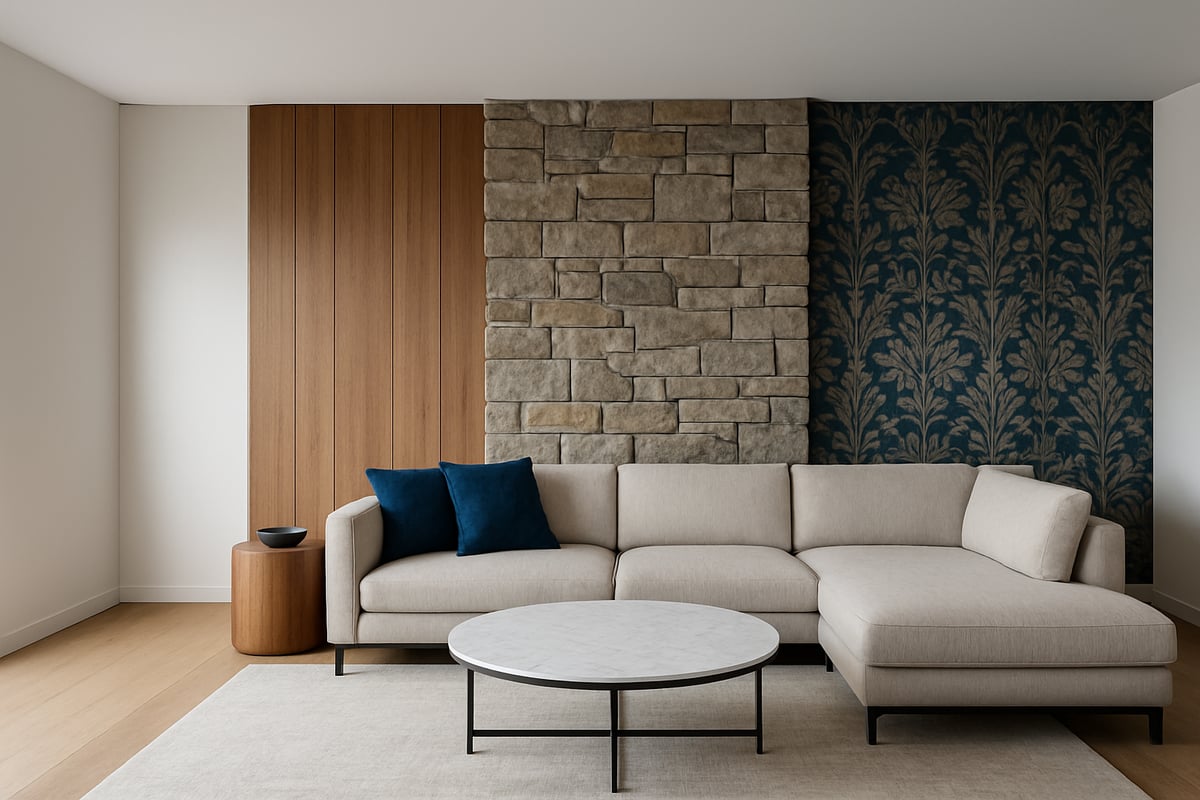
Drywall and Plaster
Drywall and plaster remain foundational choices for wall to wall installations in both residential and commercial settings. Drywall offers a smooth, even surface, making it ideal for painting or layering with other finishes. Plaster, while traditional, allows for creative textures and can be more durable in high-traffic areas.
Proper installation is key. Surfaces must be clean and primed to avoid cracking or moisture issues. Using advanced drywall systems enhances soundproofing and fire resistance. Modern apartments, especially, benefit from these features. For those seeking a seamless look, drywall is often the preferred wall to wall solution.
Wall Panels and Cladding
Wall panels and cladding bring both style and versatility to wall to wall projects. Materials range from wood and MDF to PVC, metal, and even acoustic panels, each contributing unique visual and functional qualities.
These panels are prized for their design flexibility, offering everything from rustic to ultra-modern aesthetics. Installation can be complex, depending on the chosen type, but modular options simplify the process. Decorative wall panels are projected to see strong market growth into 2025, driven by increasing demand for statement-making wall to wall features in homes and offices.
Tiles and Stone
Tiles and stone are excellent for wall to wall applications in bathrooms, kitchens, and feature walls. Their durability and water resistance make them top choices for areas exposed to moisture or frequent cleaning.
Large-format tiles and natural stones, such as marble, are trending for their dramatic effect. However, installation can be challenging, often requiring skilled labor to achieve flawless alignment and prevent issues like warping or grout failure. Luxury condos frequently showcase marble wall to wall finishes, elevating property value and visual impact.
Wallpaper, Murals, and Paint
Wallpaper, murals, and paint offer some of the most customizable wall to wall options. Advances in peel-and-stick wallpapers and digital mural printing have made it easier than ever to achieve personalized designs. Paint trends for 2025 include textured, matte, and metallic finishes for a modern look.
Maintenance is straightforward, though longevity depends on material quality and proper application. For more inspiration on how to enhance wall to wall decor, explore these Ideas for Wall Decorations. Tailoring your approach ensures your space reflects both current trends and your unique vision.
Expert Installation Tips: Achieving Flawless Wall-to-Wall Results
Achieving a flawless wall to wall installation requires mastery of technique, attention to detail, and the right preparation. Each stage, from prepping surfaces to the final clean-up, plays a critical role in the finished product’s beauty and longevity. Explore these expert tips to ensure your project delivers professional, lasting results.
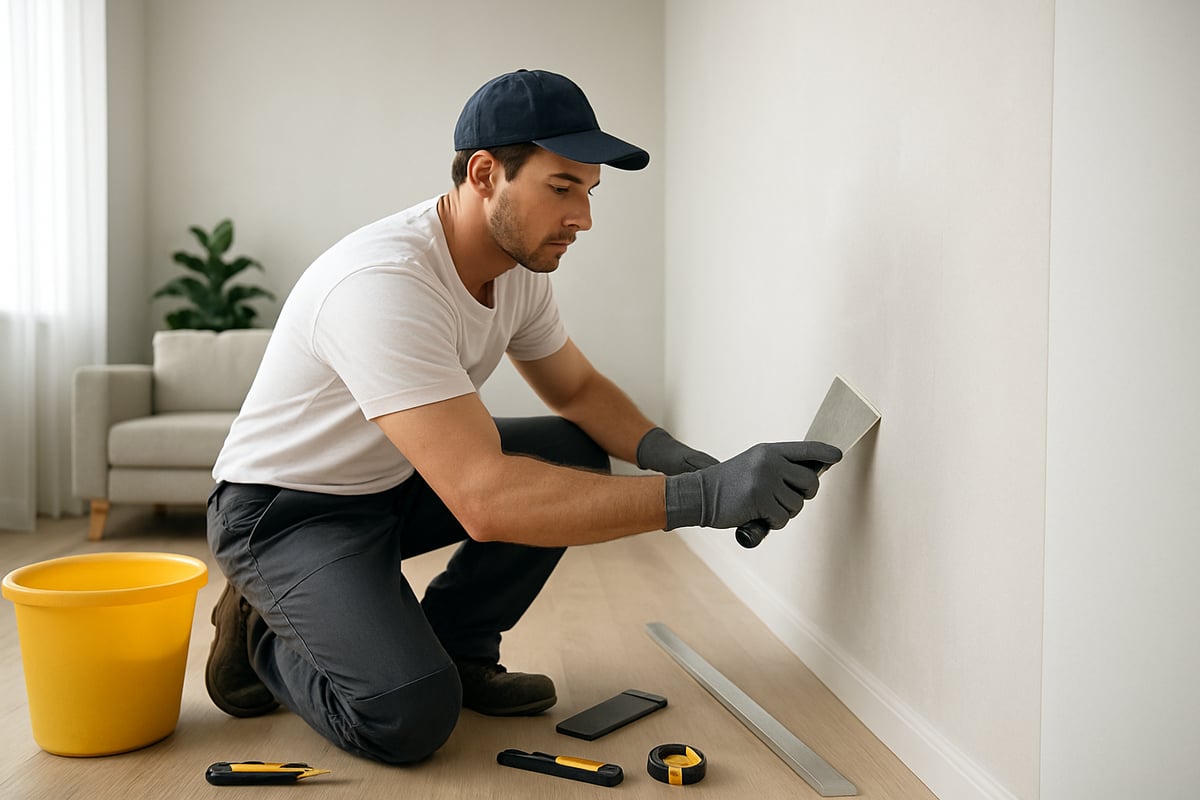
Preparation and Surface Treatment
Proper preparation is essential for any successful wall to wall project. Begin by thoroughly cleaning all surfaces to remove dust, grease, and old finishes. This step ensures optimal adhesion for new materials.
Next, inspect the wall for imperfections such as cracks, dents, or uneven textures. Use a high-quality filler to repair flaws, then sand the area for a smooth base. Always apply a suitable primer to enhance material bonding and prevent stains from bleeding through.
- Clean surfaces completely
- Repair and sand imperfections
- Apply primer for better adhesion
Professionals recommend allocating up to 30% of your project time to preparation. Skipping these steps can result in uneven finishes and reduced longevity for your wall to wall installation.
Measuring, Cutting, and Fitting
Precision is vital when measuring, cutting, and fitting materials for wall to wall applications. Start by taking accurate measurements of each wall segment, factoring in outlets, windows, and corners. Use a professional-grade laser measuring device for best results.
When cutting materials, opt for sharp blades and specialized saws to achieve clean edges. Test-fit each piece before final installation to ensure seamless joints and transitions. In challenging spaces, dry-fit panels or tiles to visualize placement.
- Use a laser measuring device
- Mark and cut with precision tools
- Dry-fit before final fixing
By maintaining accuracy at every stage, you minimize waste and achieve a truly professional wall to wall finish.
Adhesives, Fasteners, and Fixing Methods
Selecting the right adhesives and fasteners for your wall to wall project is crucial. Each material, from drywall to panels or tiles, has specific requirements. Consult manufacturer guidelines to choose the best products for your installation.
Apply adhesives evenly using recommended trowels or guns. For heavy or structural elements, use mechanical fasteners such as screws or anchors. Recent innovations in fastener technology offer improved strength and reduced failure rates, enhancing overall stability.
- Match adhesive or fastener to material
- Apply adhesives evenly
- Use mechanical fasteners for heavy items
Data shows that improper fixing methods are a leading cause of installation failure in wall to wall systems, so always follow best practices.
Finishing Touches and Detailing
Attention to finishing touches elevates your wall to wall project from good to exceptional. Apply caulking at seams and edges to create a unified look. Select trims and moldings that complement your space, ensuring sharp, professional lines.
Use color-matching techniques to blend joints and cover minor imperfections. A final inspection allows you to identify spots needing touch-ups. For creative inspiration, explore Gallery Wall Layout Ideas to add a personalized, artistic finish to your wall to wall design.
- Caulk seams and edges
- Choose trims that match the design
- Conduct a detailed final inspection
Award-winning installations often stand out due to meticulous detailing and thoughtful finishing.
Safety and Clean-Up
Safety should always be a priority during wall to wall installations. Wear protective gear, including gloves, goggles, and masks, to guard against dust and debris. Proper ventilation is essential, especially when using adhesives or paints.
Maintain a clean work environment by regularly removing waste materials. Dispose of hazardous products responsibly and recycle whenever possible. Post-installation, clean all surfaces to reveal the pristine results of your work.
- Wear safety gear at all times
- Ensure proper ventilation
- Clean and recycle materials
Statistics indicate that prioritizing safety can reduce project delays and improve outcomes for any wall to wall installation.
Troubleshooting and Maintenance: Keeping Your Walls Perfect
Maintaining flawless wall to wall installations demands a proactive approach. Even the most expertly finished spaces encounter challenges over time. With the right troubleshooting and maintenance strategies, you can preserve the beauty, durability, and value of your surfaces for years to come.
Common Installation Issues and Solutions
Even a well-executed wall to wall project can develop issues like cracks, gaps, or misaligned panels. Early detection is crucial. Look for signs of:
- Hairline cracks, especially near windows or doors
- Gaps between panels or along trim
- Moisture stains, mold, or mildew in humid rooms
For minor cracks, use flexible filler and repaint. Address persistent moisture by improving ventilation and sealing leaks. Peeling or bubbling materials may indicate underlying dampness—replace affected sections if repairs fail. In high-rise apartments, professional remediation is often necessary to restore wall to wall integrity. Knowing when to repair or fully replace surfaces protects your investment and ensures lasting performance.
Ongoing Maintenance Best Practices
Routine care is vital for any wall to wall installation. Use gentle, non-abrasive cleaners suited to your material—avoid harsh chemicals that can damage finishes. For painted walls, a soft damp cloth and mild soap work best. Panels and tiles benefit from regular dusting and occasional deep cleans.
Apply protective treatments, such as sealants or waxes, to extend surface life. Establish a preventive maintenance schedule: inspect quarterly for wear, address scuffs promptly, and touch up paint as needed. According to recent studies, eco-friendly upkeep is increasingly popular. For more ideas on sustainable wall to wall care, see Sustainable Wall Designs. Consistent attention will keep your spaces looking their best.
Dealing with Noise and Insulation
Shared walls in apartments or offices can transmit unwanted sound. Upgrading wall to wall insulation is an effective solution. Modern soundproofing options include acoustic panels, denser drywall, and noise-reducing foams. Popular materials in 2025 feature recycled content and improved thermal performance.
In multi-family buildings, adding resilient channels or double-layered drywall can significantly reduce neighbor noise. According to recent statistics, user satisfaction with noise reduction has risen with these innovations. Explore Home Design Trends 2025 for more on smart wall to wall upgrades that boost comfort and privacy.
Enhancing Longevity and Value
Protecting your wall to wall investment means more than just cleaning. Schedule annual reviews to check for fading, warping, or outdated finishes. Upgrading to new paints, trims, or eco-friendly surfaces can help future-proof your space and maintain its appeal.
Regular upkeep not only preserves aesthetics but also enhances property value. If you notice persistent damage or dated styles, consider a refresh or renovation. Data shows that well-maintained wall to wall installations deliver excellent ROI, especially in competitive real estate markets. Investing in care and timely upgrades ensures your walls remain a standout feature for years.
Future Outlook: What’s Next for Wall-to-Wall Solutions?
The future of wall to wall solutions is shaped by rapid advancements in technology, sustainability initiatives, and evolving consumer demands. As we look ahead to 2025 and beyond, innovation and customization are set to redefine how walls contribute to smarter, greener, and more adaptable spaces.
Technological Advancements on the Horizon
Wall to wall innovation is accelerating with AI-driven design tools that streamline planning and installation. Smart materials are emerging, offering adaptive properties such as self-healing finishes and color-changing surfaces. Virtual and augmented reality platforms now allow users to visualize wall to wall transformations before committing, reducing costly errors.
Industry experts predict that by 2030, prototype smart walls will become commonplace in commercial settings, delivering interactive functionality and seamless integration with IoT devices. As these technologies mature, wall to wall solutions will become even more interactive and user-centric.
Sustainability and Green Building Trends
Sustainability is at the core of next-generation wall to wall solutions. Circular economy principles are being applied, with manufacturers prioritizing recyclable and biodegradable materials. Innovations such as plant-based panels and low-impact adhesives are gaining traction, while green certifications are expected to become standard.
A notable case study involves net-zero buildings utilizing advanced wall to wall systems to minimize carbon footprint. Data shows a steady increase in green-certified wall installations, reflecting industry-wide commitment to environmental stewardship and healthier indoor environments.
Evolving Consumer Preferences
Consumer expectations for wall to wall projects are shifting toward hyper-personalization and flexibility. The influence of remote work has made adaptable spaces essential, boosting demand for movable partitions and multi-functional walls. Health-conscious homeowners are also prioritizing toxin-free materials and surfaces that support well-being.
Recent consumer surveys highlight that wall to wall priorities now include both aesthetic and practical considerations. For a deeper dive into these evolving trends, the Interior Design Trends 2025 article offers expert analysis on upcoming preferences and color directions.
Expert Predictions and Final Tips
Top architects and designers foresee continued growth in the wall to wall market, driven by ongoing innovation and consumer demand for tailored solutions. To stay ahead, homeowners and professionals should focus on flexibility, sustainability, and technology adoption.
Avoid common pitfalls by keeping up-to-date with regulations and industry best practices. For ongoing inspiration and learning, consult resources from leading design publications. Industry forecasts project strong returns on investment for wall to wall upgrades in 2025, making now an ideal time to plan future projects.








